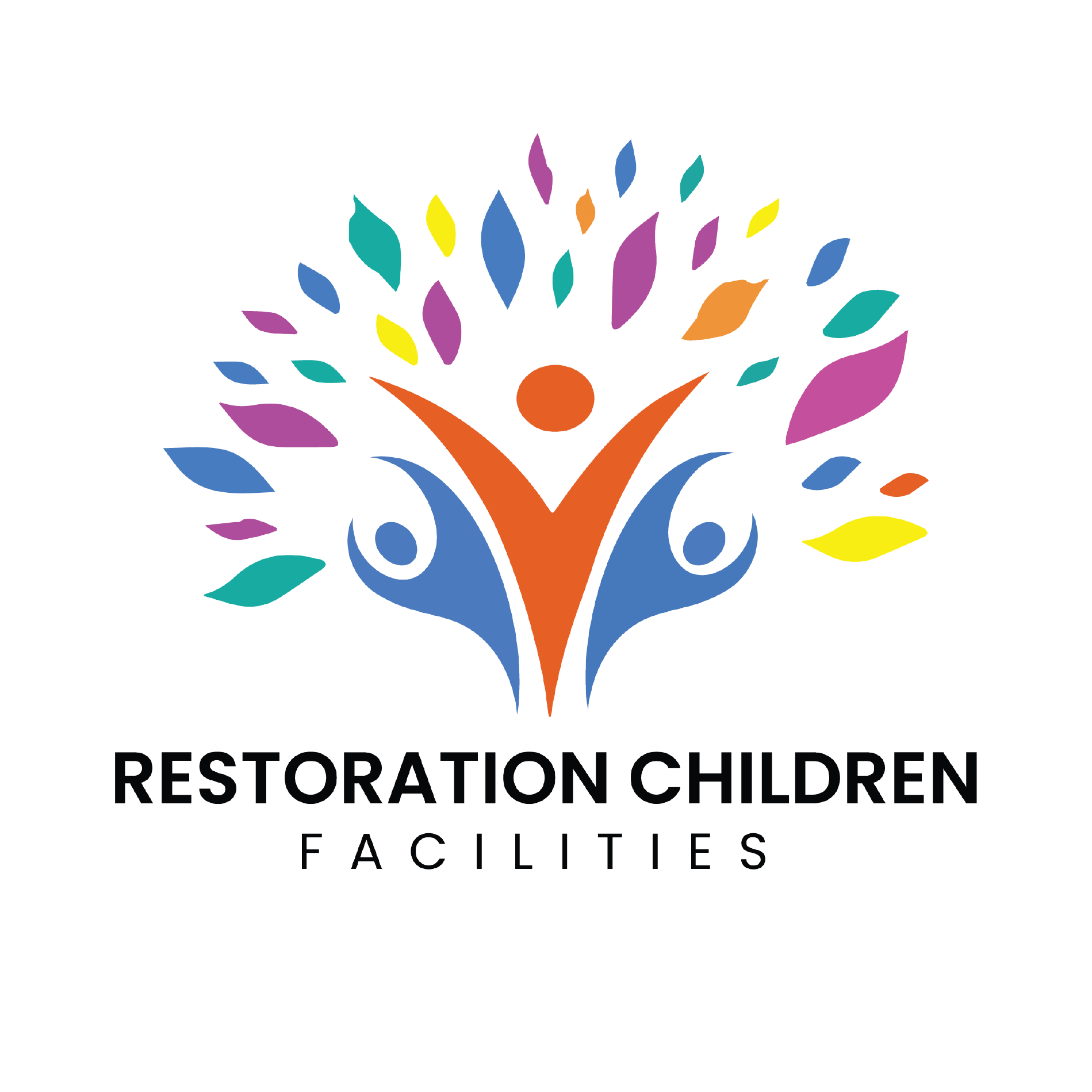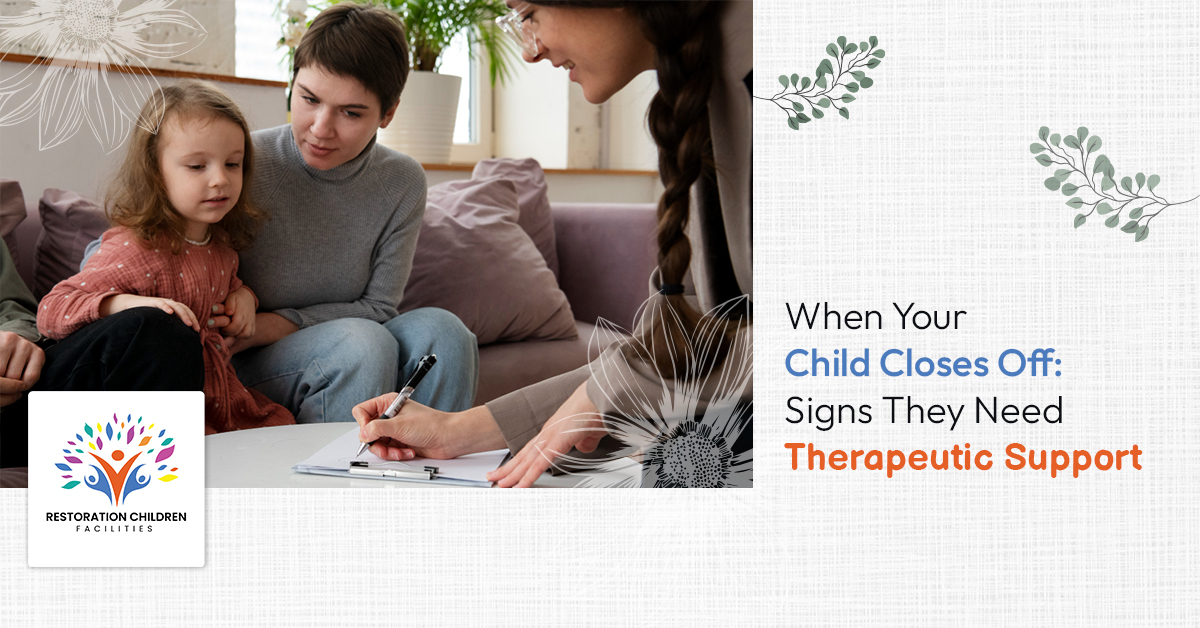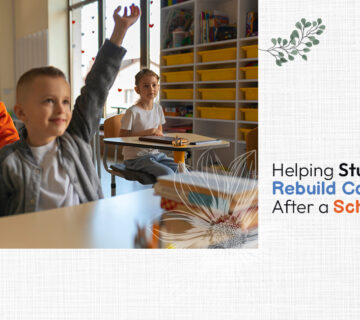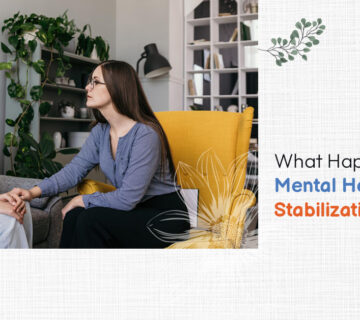You are a parent. You know your child. You have seen them grow, know their patterns, and understand how they respond to the world.
And when something shifts, when they start pulling away, you feel it.
Maybe the dinner conversations have gone quiet. Maybe their door stays shut most of the day. Maybe it’s closed far more often than it’s open.
You can tell yourself it is just normal teenage stuff, but somewhere in your gut, you are not so convinced.
What Closing Off Really Appears Like
In the majority of situations, children can emotionally retreat into helplessness to avoid emotions they are not aware of how to handle.
It is a defense mechanism and not a decision they make consciously. Here’s what you may observe:
- They do not look at you when you talk
- Speech grows brief; the answers, elusive
- Friends do not come by, or they shy away from those visits
- Mood swings get more frequent; anger is there one minute, numbness the next
- Sleep becomes weird, either too much of it or hardly any at all
- There is a sudden slip in grades without any explanation
- No matter how much rest they get, they always appear tired
These have not been just several bad days. When such patterns prevail for weeks, something deeper is going on.
Related: Helping Students Rebuild Confidence After a School Setback
Why This Happens
Adolescent brains are still developing, more specifically in the parts that would deal with regulating one’s emotions.
It very quickly overloads in the limbic system, which is the place where emotions live.
Once it does, it feels much safer to shut down than open up.
Kids close off for all kinds of reasons:
- Something traumatic that happened, they haven’t processed
- Anxiety that’s gotten too big to manage alone
- Depression that makes everything feel heavy and pointless
- All the social stresses at school, bullying, rejection, feeling left out
- Academic pressure that never lets up
- Symptoms of a mood disorder like bipolar disorder, are starting to show
- PTSD from experiences they can’t shake
Learn more about teen brain development and why emotional regulation is challenging during these years.
When It’s Time to Get Help
Not every quiet phase needs intervention. But some warning signs shouldn’t be ignored:
- The silence stretches on for over a few weeks
- They express hopelessness or wish they would just disappear
- Basic self-care starts slipping, including hygiene, food, and getting out of bed
- School becomes impossible to manage
- They are ‘experimenting’ with substances
- You find them in risky situations
Trust that feeling. You’re picking up on something real.
What Restoration Children Facilities Offers
Restoration Children Facilities works with youth ages 12-18 and adults up to 55 who are dealing with:
- Anxiety and depression (under treatment)
- Trauma
- PTSD
- ODD
- Bipolar disorder and schizophrenia (under treatment)
- And other mental health challenges
Our approach centers on three things: rebuild, restore, replenish.
Programs That Help Kids
- Acute Partial Hospitalization Program (PHP). Day treatment for a condition that is intense but does not warrant inpatient care. Including psychiatric evaluation, therapy sessions, medication monitoring, and daily support from licensed professionals.
- Crisis Response and Stabilization. In crisis response, there’sImmediate help when things get intense in emotion or behavior. The team comes in and de-escalates and makes things safe.
- Targeted Case Management. Coordinated provision of special services, such as mental health, medical, education, and social services, among others, followed by someone walking alongside your family in the whole process.
- After-School and Out-of-School Support. For students who are suspended or expelled. It includes academic support in combination with socio-emotional and behavioral care to avoid a lapse in grade level.
- Medication Monitoring. Ongoing check-ins to make sure medications are working and adjusted when needed.
- Educational Support. Homework help, classwork assistance, and goal setting for what comes after high school.
The People Behind the Care
Executive Director Lamarlon Wilson and CEO Joann Wilson lead a team that genuinely cares about seeing kids and families heal.
They’ve built Restoration Children Facilities around the idea that everyone deserves dignity, hope, and a real chance to move forward.
Moving Forward
Asking for help doesn’t make you a bad parent. It makes you a good one because it means you’re present and you’re going to do something about it.
If your child is shutting down and you’re concerned, then please don’t hesitate. Contact Restoration Children Facilities at 662-303-1800.
There’s help available.
FAQs
How urgent should it be to make a call?
When it is influencing day to day living or is taking longer than two weeks, it is worth the call. You do not have to wait till there is a crisis.
What if my child refuses to go?
Resistance is common at first. The right environment helps them feel safe enough to try.
Is PHP the same as regular therapy?
No. PHP is intensive daily care, several hours of structured support, while outpatient therapy is usually once a week.







